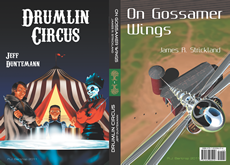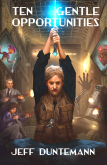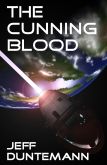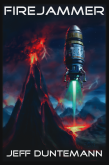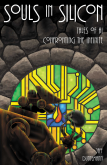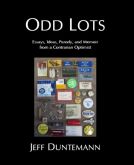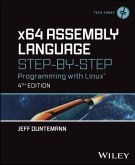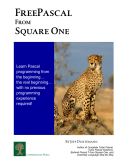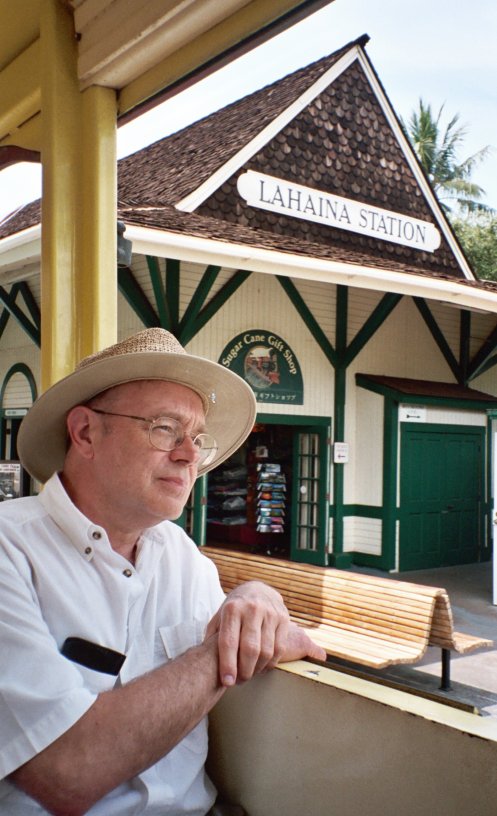
The camera gremlins were hard at work prior to our recent Hawaii vacation. Both of my working digital cameras were stolen at the Denver dog show in February. I do intend to get another Canon mid-size eventually, probably the G11, but in shopping for new pocket units I found that Best Buy had no Kodaks, and (worse) every damned pocket camera they sold requires that the battery be removed for recharging. The chap there had no idea why this was so, and I still don’t have a good explanation. But that’s idiotic, especially if (as I suspect) it was done to save a quarter’s worth of interior parts in a $500 camera.
My 2005-vintage Kodak V530 pocket camera had both a charger dock and a wall-wart, and the battery never needs to emerge from the camera until you carry it out in its coffin. Alas, the whole camera got carried out in its coffin last fall. My solution was to find a used or (hopefully) NOS Kodak V530 on eBay, and while I looked, I didn’t nail one until just last night, and that didn’t help us with Hawaii. Carol has a Kodak digital camera, but we’ve lost the portable charger, and the only way to recharge it is using her printer dock, which isn’t designed for lugging around.
So about all we could do was dig Carol’s 2001-era Kodak Advantix film camera out of the junk cabinet to see if it still lived. And mirabile dictu! The little CR2 3V battery wasn’t even dead, after not having been used for at least six years.
Wow.
We put a new battery in it anyway, and it handled the bulk of the photography on our Hawaii adventure. (We bought an underwater film camera for our very corkybobby snorkel trip.) Walgreens no longer has Kodak machines, but Target does, and we got the pictures back a few days ago.
It was interesting to compare digital photos from our 2004 Hawaii trip and our 2005 Bermuda trip to the Advantix film photos. It’s obvious why film is barely twitching: The colors were brighter on the digital shots, and the resolution noticeably better. The photo above is typical; in bright light, Advantix does pretty well. (That’s me in the open car of the Sugar Cane Train, waiting to pull out of Lahaina.) In low light, Advantix got very grainy, and the colors lost most of their subtlety.
Carol paid for digital images on CD, which saved me having to scan prints into our photo archives, and that was quite welcome. One annoyance: The digital images were numbered 1-25, but in reverse order. In other words, photo 25 was the first photo taken on the roll, photo 24 the second taken, and so on. I don’t know if a tech at Target messed this up, or if it was an engineering brainfart associated with the machines.
No matter. My NOS Kodak V530 is on its way, and I’ll be getting a G11 one of these days. But Hawaii reminded us that film is mostly dead for a reason: Color, resolution, convenience, immediacy, and probably a few more. There are probably circumstances where film can still shine, but tourist photography is not one of them.
Boy. Keith and I talked about starting a magazine called Digital Camera Techniques in 1996. We didn’t. Talk about opportunities missed.
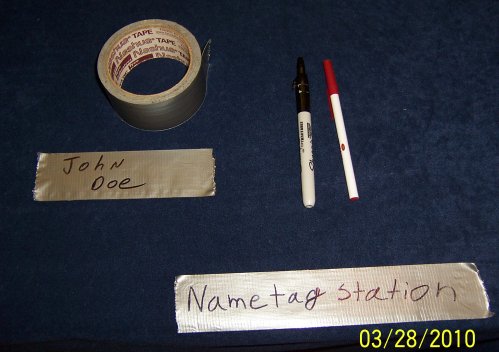
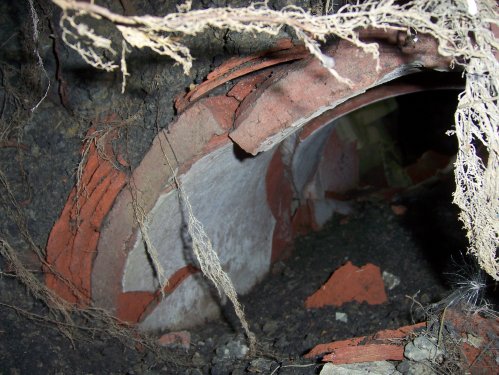
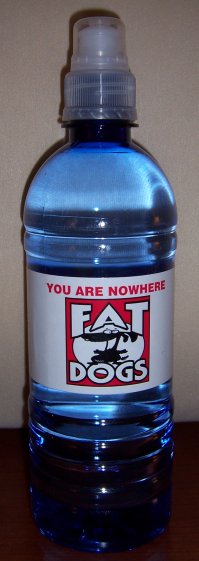 While passing through western Nebraska, we stopped at a
While passing through western Nebraska, we stopped at a 